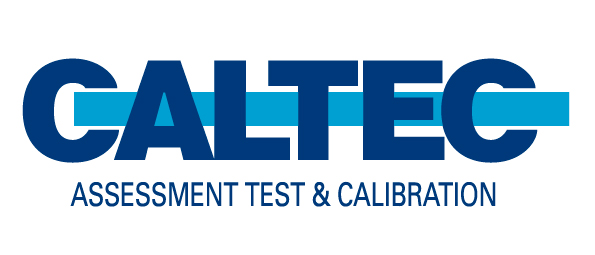The Health and Safety Executive has just released their most recent bulletin which reflects information on potential fatal accidents whilst working on incorrectly supported vehicles. The information is incredibly important and should be considered in every job you do. Sometimes it can be really easy to forget about the simple things, however, these simple things can cause the most brutal injuries and accidents.
HSE is aware of at least 8 fatal accidents since 2019 due to work being carried out on incorrectly supported vehicles and cabs. Lifting plants and equipment can easily cause accidents if they are of poor quality or have been poorly maintained. Because of this, it is incredibly important to keep your equipment in good shape and to keep an eye on all potential risks when carrying out work underneath a vehicle. The most common accidents are due to the vehicle rolling off incorrectly positioned jacks or stands and can of course lead to incredibly fatal accidents – don’t take shortcuts and make sure all equipment is of high quality and is in its correct position when used.
The HSE has suggested that you should:
Never work beneath a vehicle that is only supported on jacks:
- Use axle stands that are in good condition and inspected every year
- Use stands on firm, level ground and securely located under a strong point on the vehicle
- Securely chock wheels remaining on the ground
- Do not exceed the rated capacity of the stand
Never work beneath a cab or tipping trailer unless it is propped:
- Always prop cabs, trailers etc that could drop under their own weight
- The prop should be locked in position before gaining access
- If there is no prop fitted, or if one is fitted but you are unsure it will be effective, provide your own
Never crawl beneath a vehicle fitted with air suspension unless it is properly supported:
- Prevent movement of air suspension, either by using suitably rated props or stands to prevent the chassis lowering or by deflating the system
- Don’t tamper with the ride height for the purpose of recovery or repair
What should you do?
- Vehicle lifts must be thoroughly examined throughout the year by a competent person – usually every 6 months.
- Operators must be thoroughly trained or supervised in the safe use of equipment and proper methodology
- You must ensure safe working loads are not exceeded
- Apply the hand brake and make sure that the gearbox is set in neutral
- Make sure that you are working on flat ground as this can put uneven pressure on equipment
